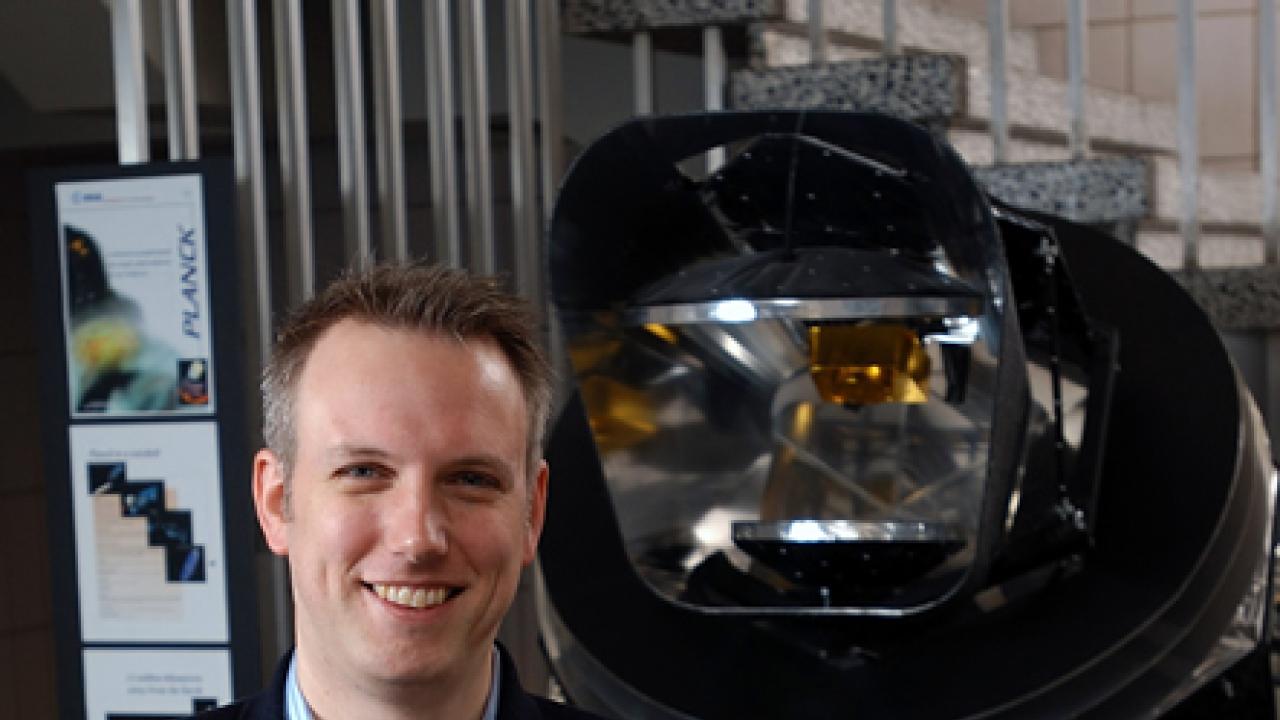
What happened during the Big Bang? How did the universe come into existence? What is it made of? These are some of the questions that have always fascinated physicists. Indeed, many theories have been proposed to answer these questions, and advances in technology over the past few decades have made it possible to test these theories.
Theoretical cosmologist Benjamin Wandelt (Pierre and Marie Curie University and Lagrange Institute, Paris), plenary speaker at SUSY 2013, played an important role in the European Space Agency's (ESA) Planck space mission, which launched a Plank telescope to collect data from our universe. Wandelt explained how the recently released Plank space telescope observations try to address the fundamental questions about the universe and its nature.
On 21 March 2013, the ESA and other collaborations released data collected by the Planck space telescope. The data, which had been collected over 15 months, was compiled into a map of the cosmic wave background (CMB), showing the oldest light and fluctuations in temperature that were imprinted on the deep sky when the universe was about 370,000 years old. This is the highest resolution picture of our universe to date and is considered by many to be a pinnacle of scientific achievement.
The Planck data confirms much of what had been theoretically predicted about the universe regarding its origin, age, and topology. However, Wandelt said that there are some points that need further probing and there is a proposal to begin a new mission (tentatively named PRISM for Polarized Radiation Imaging and Spectroscopy Mission) which will help answer some of the remaining questions and get a better understanding of our universe. "There are plenty of challenges for early universe cosmology, and the post-Planck era is an exciting time," said Wandelt, concluding his talk.
This story is part of the Focus Feature on SUSY 2013. Go to the Focus Feature webpage for the complete coverage.













